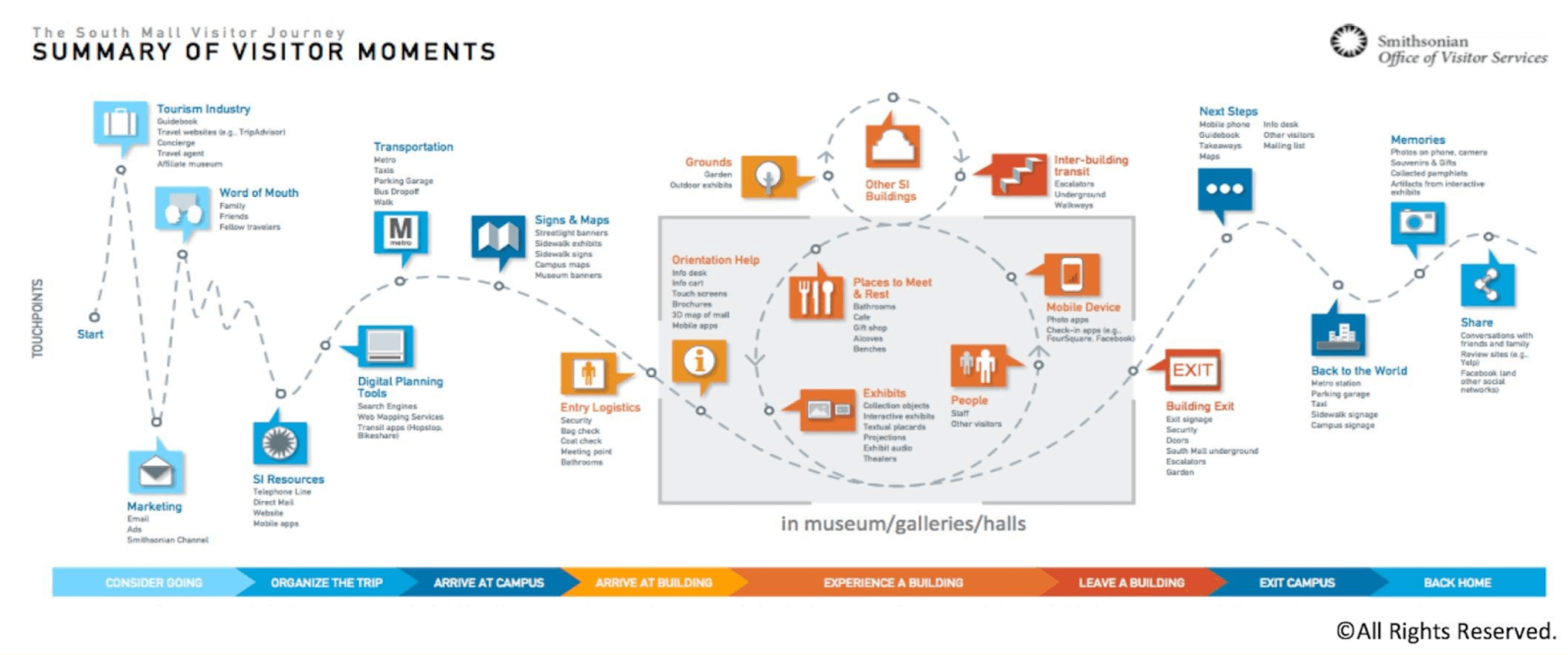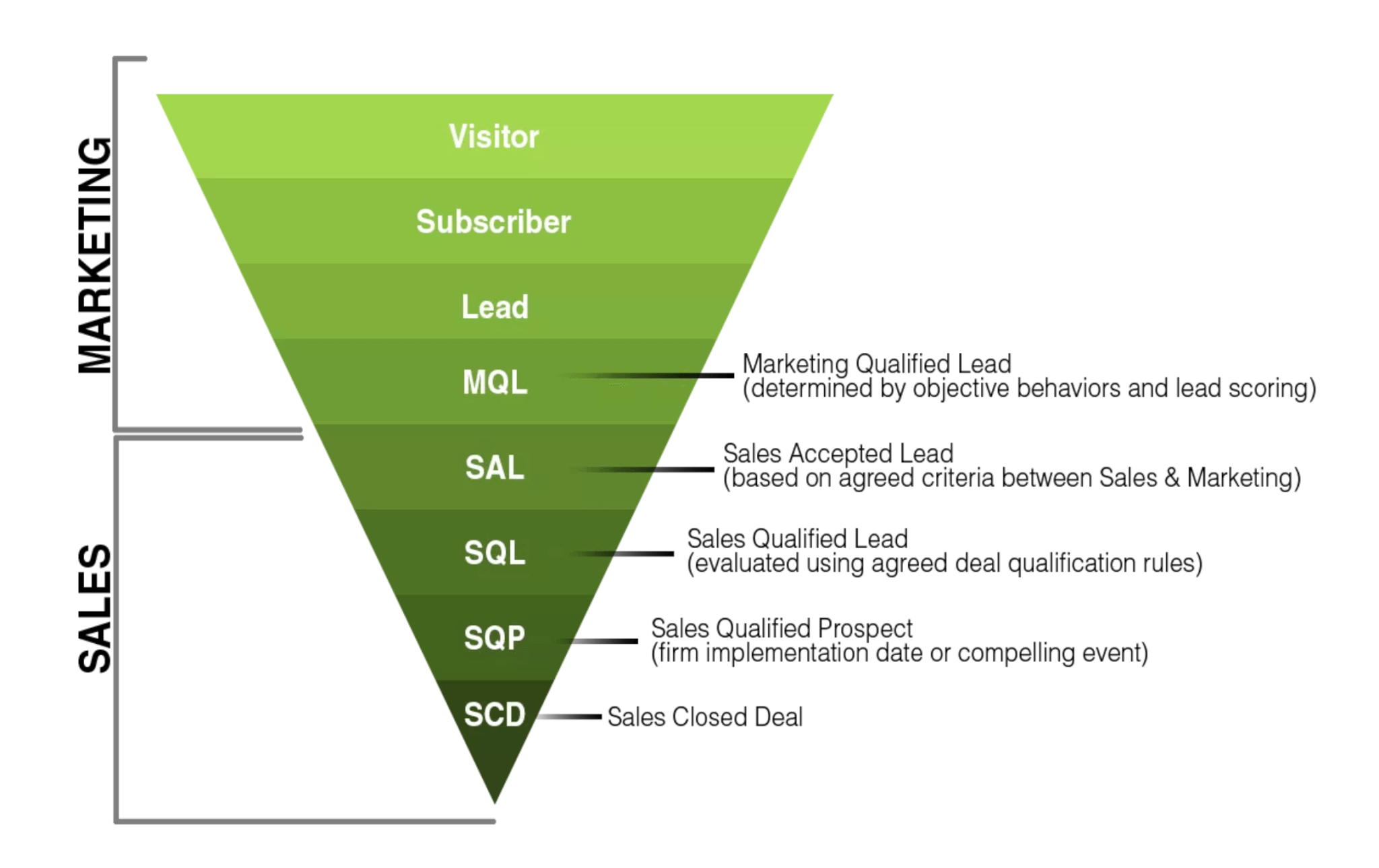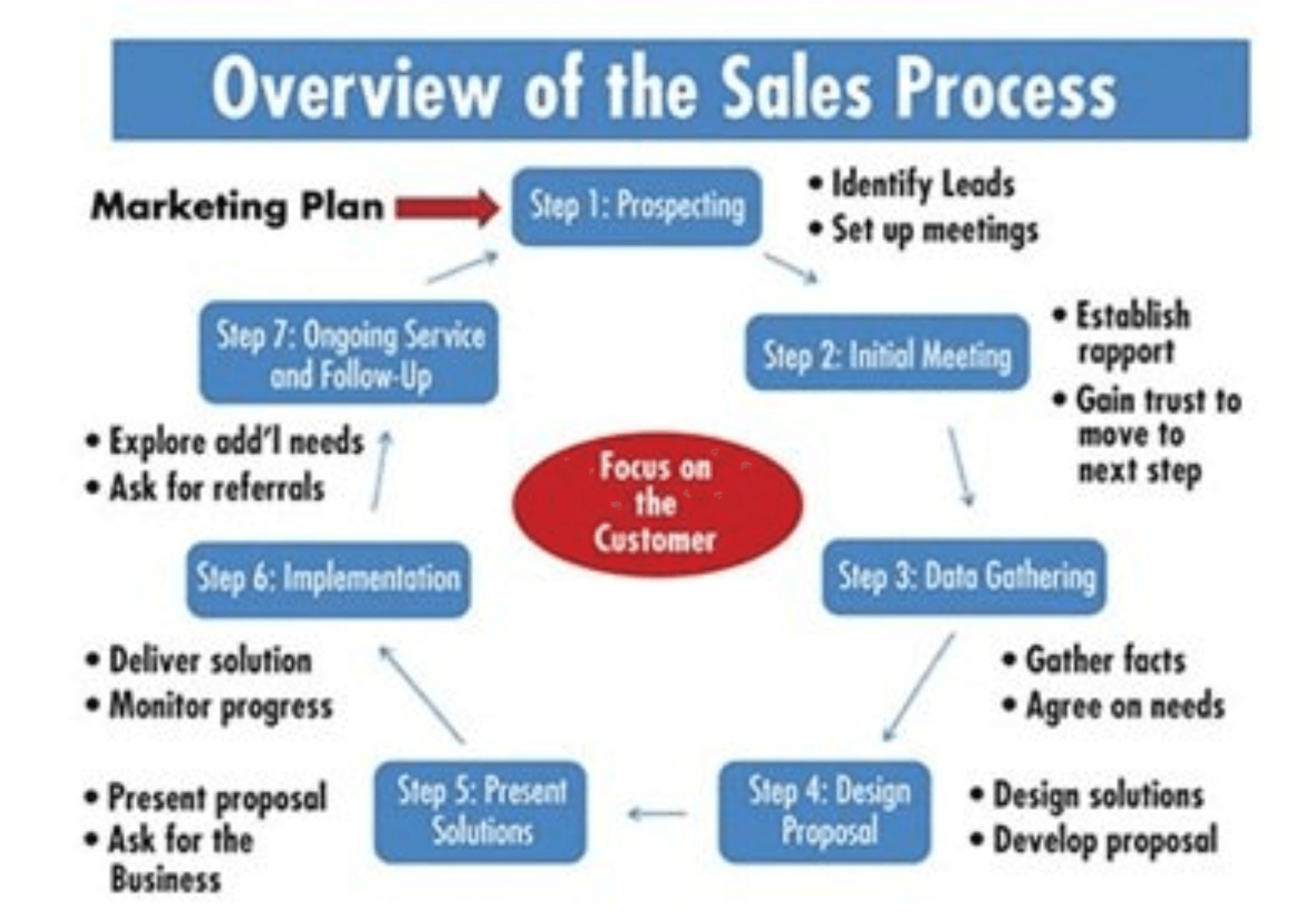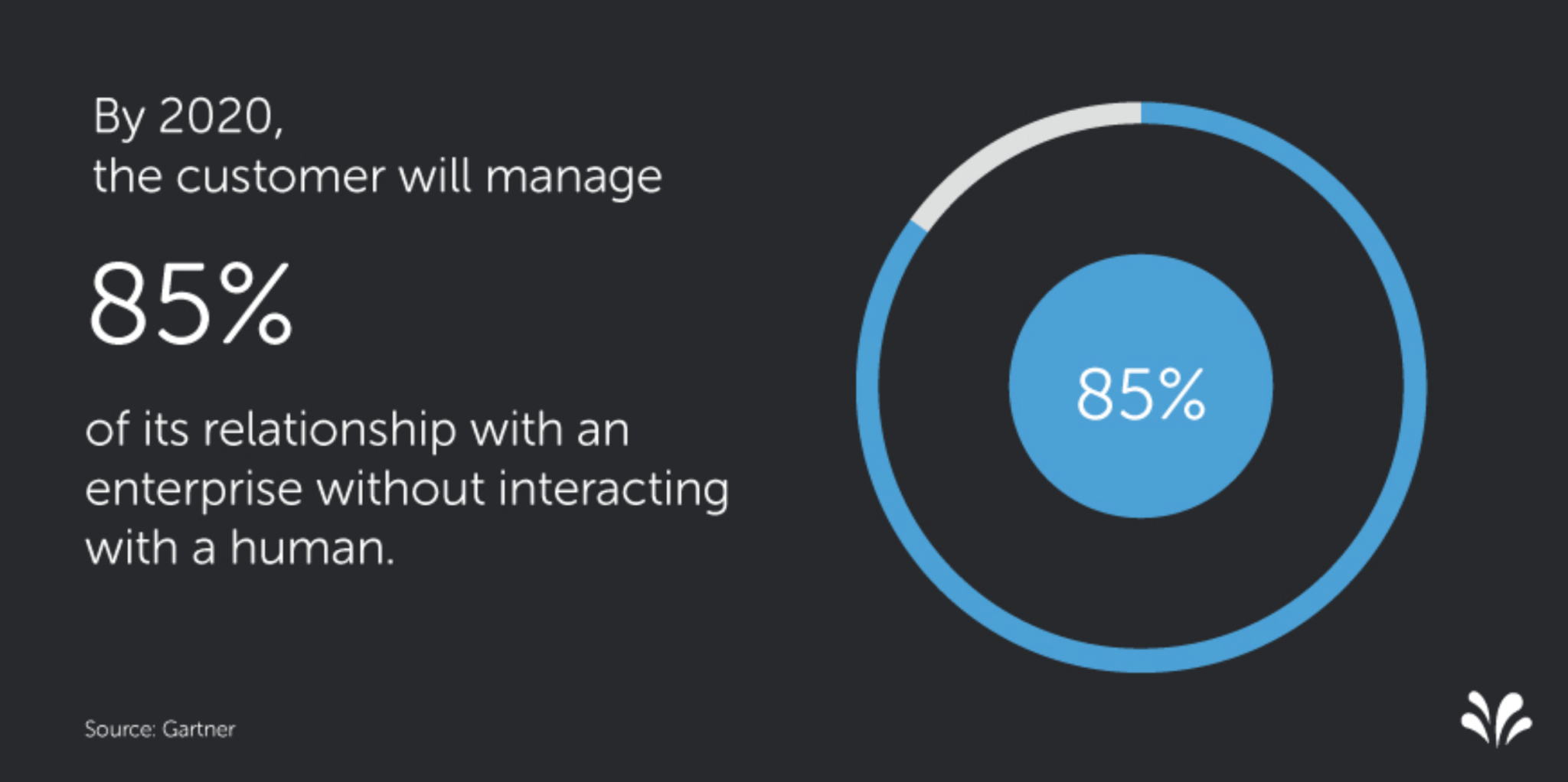This is a guest post by Ashley Asue.
Ashley was raised on a ranch built to rehabilitate exotic animals. She cut her teeth in finance and corporate due diligence. Headhunted as an analyst for operational excellence, she grew an opportunity pipeline of $10m to $55m in only 3 years. She runs a firm called Guerilla Analytics, which focuses on process improvement in private equity firms.

If you’ve never heard of a customer journey map, you’re not alone. It’s a new topic in the business world, only having been introduced in 1999 as a tool to help improve customer experience.
Marketing and sales are a science because they are processes. Processes can always be improved but you can’t improve it without knowing what your customer values. Great business owners already know this so they have a customer journey map.
The problem is your map is only as good as the process to gain insight is.

A customer journey map is not something that gets documented and filed away. It should be a living document like every other business process map or workflow your team runs every day.
Processes are just another company asset.
You can continuously improve them today or you can pay for an expensive repair tomorrow.
What is Tallyfy?
Tallyfy helps you document and automate tasks between co-workers and clients
Click here to learn about TallyfyWho Needs a Customer Journey Map?
Scaling a business can through capital or through happy customers. Let’s say you have 10 customers. The cost to acquire them can be a sunk cost or it can be an investment.
With a great customer experience, your first 10 customers will sell the next 10 customers.
This is the difference between companies that focus on process improvement and those who don’t.
It’s the difference between believing happy customers are everyone’s job versus delegating to some poor sap.
Here are some a few examples of departments who benefit from using a customer journey map daily:
- Sales and Marketing
- Entrepreneurs
- Customer Service
If you organize by process goals, here are examples of goals you’ll hit faster if you use a map:
- Decreasing customer churn rate
- Increasing customer lifetime value
- Increasing revenue by referral rate
Regardless of your organization, you need to make your customer journeys the center of your conversations.
Marketing
The first customer experience someone has with your company is through your online presence. This includes websites, guest appearances on other sites, social media, reviews, etc.
Your customer journey map should detail this. As you gather website visitor data, channel referrals, social media tracking, you’ll use it to refine your map with updated data.
As your marketing refines where to find customers and how to engage them, your sales team can also provide them with data around who does NOT convert.
Aligning your sales and marketing teams towards increasing customer lifetime value, means they share their parts of the puzzle with each other.

The map is a hypothesis. As you collect data, you switch out the hypothesis for fresh data. You should have regular meetings to review the fresh data but more importantly to discuss the insight you gain from it.
Now, you’ve earned a second chance at a great customer experience – talking to your sales team.
Sales
We’ve all been on the business end of a bad sales call. There are plenty of stats on the Grand Canyon gap between what your sales process should be vs what the average sales rep actually does.
Your customer journey map is the only long-term fix. Using the journey map and profile they’ll know the most effective script to move the sale along.

Even if the lead isn’t a customer, the rep can still leave them with a great experience.
Entrepreneurs
The first lesson I learned as an entrepreneur is people buy me before they buy my product or service.
When you build a reputation, your customers will come to you to solve other problems.
As you talk to potential customers, you get data points. Every data point – emotions, failed solutions, keywords – should be added to their individual journey.
This should trigger your analysis process. The map is only as good as the actionable insight you get from it. If you don’t have a regular schedule to root cause by asking why 5X, you’re wasting perfectly good map.
Customer Service
A customer service team can be your greatest plan B. They’re the last chance to convert a complaint into a happy customer.
If they aren’t using a customer map, they’re in the dark. Their chances for converting is left to luck or tribal knowledge. When you start to lose your most experienced people, you lose all tribal knowledge.
You want to give them a template to give them the highest chance of being successful and documenting what that was so others can repeat it.
After all, what they’re doing is 100% visible to the rest of the world either online or through angry customers telling their friends. This can be your chance to shine. Everyone looks good on their best day but you earn trust faster by how you respond after a mistake.

Mistakes to Avoid in A Customer Journey
The common theme with process maps that they’re great on paper and filed away in draws. We see process maps or standard operating procedures as training documents. Once we know what we’re doing, we can rid of it. Who’s that stupid piece of paper think he is – telling us what to do!
The problem is when we rebel against a process – we become a slave to it.
The only way you can make the process yours and stop reinventing the wheel is by stepping out of the process.
Stepping out of the process helps you avoid the mistake of:
- Not setting a schedule for improvement
- Not making it available to everyone
- Not actively using it every day
Improvement Schedule
Anyone building a business makes countless decisions during the day. Your decision fatigue makes it impossible to make unbiased process improvements.
Your passion is what makes your business great but it also creates a bias on where to start improving.
Remove as much of the decision from your plate as possible. Set up a recurring meeting, standard agenda, data defined business case so your energy can be put into improving your processes.
Sharing it with Everyone
I’ve been in organizations where process improvement becomes a status symbol. It becomes political.
Information hoarding in corporate isn’t a new thing and it’s damaging to any business. The people who need this information aren’t always the people with the 3 letter titles. They’re usually the people closest to the customer. They can make the biggest positive impact on your business.
You can share on your intranet or by putting it up on their department walls. Ask them where it will get the most impact and put it there.
How To Use Actively Use It Everyday
We covered a few scenarios above where you’d use your map during the day but it’s not limited to Sales, Marketing or entrepreneurs.
You can use your customer map any time you’re setting a business target or KPI including:
- During marketing campaign analysis
- During customer lifetime value financial analysis
- Setting up annual strategy goals
What’s Next
No one gets their customer journey map perfect the first time. Like all high-performance cultures, they focus on progress over perfection. With every day your map will become more insightful.
All processes have gaps. The best weapon against them is setting up a system to drive more value to your customer.

Auto-document and track workflows with other people in real-time

